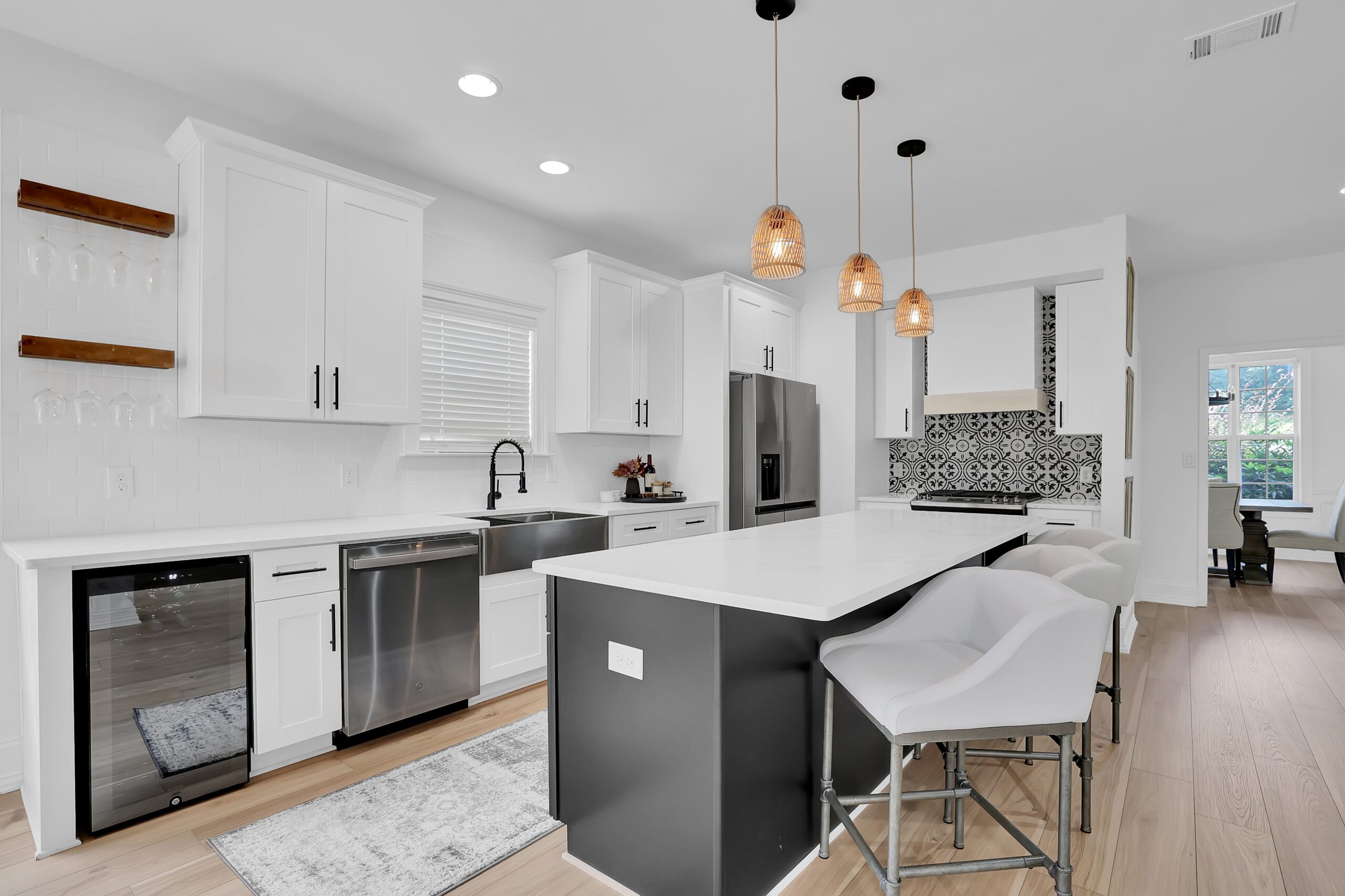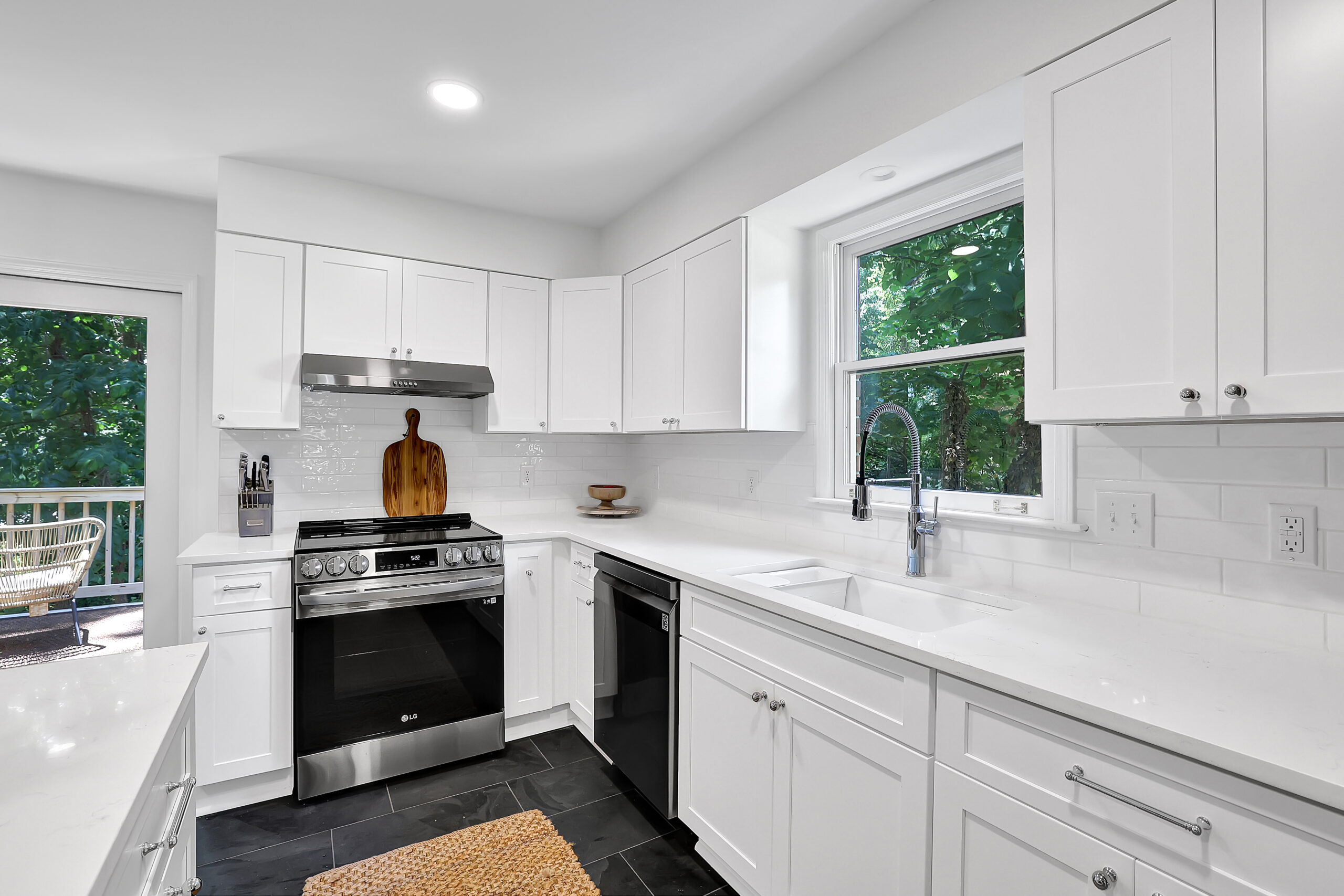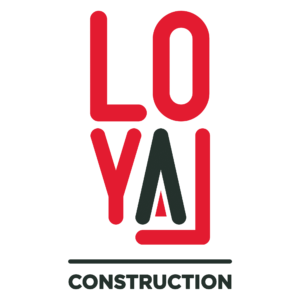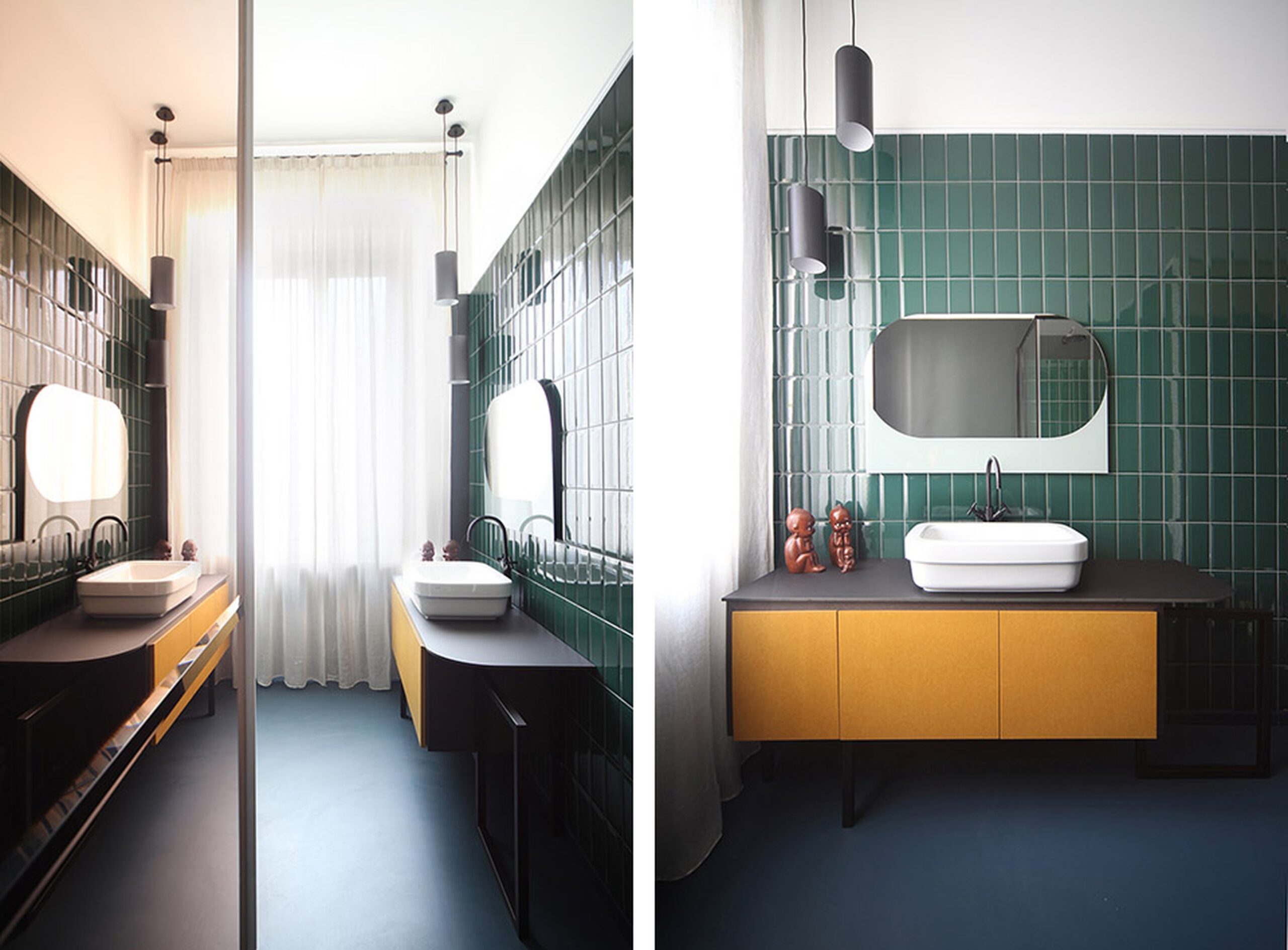by loyaladmin021
Share

The kitchen is often referred to as the heart of the home, a central gathering place where families cook, dine, and create lasting memories. A well-designed kitchen can significantly enhance functionality, efficiency, and overall enjoyment of daily activities. Whether you’re planning a complete kitchen overhaul or a simple update, kitchen remodeling requires careful planning and consideration. In this comprehensive guide, we’ll take you through a step-by-step approach to successfully remodel your kitchen, from setting goals and creating a budget to selecting materials, maximizing space, and staying on top of the latest design trends.
Step 1: Assess Your Needs and Set Goals
Before diving into the remodeling process, take the time to assess your needs and set specific goals for your kitchen. Consider how you use the space on a daily basis, your cooking habits, and your lifestyle. Some essential questions to ask yourself include:
- Do you need more counter space for meal preparation?
- Are you looking to add storage to better organize your kitchen?
- Would you like to update the appliances to more energy-efficient models?
- Are you aiming for a more open and modern layout?
Setting clear goals will help guide your decisions throughout the remodeling process and ensure that the end result aligns with your vision.
Step 2: Set a Realistic Budget
One of the most critical aspects of kitchen remodeling is setting a realistic budget. Determine how much you’re willing to spend on the project and allocate funds for different aspects, including materials, labor, appliances, and unexpected costs. It’s essential to strike a balance between achieving your desired goals and staying within your budget constraints. Consider consulting with a professional kitchen designer or contractor to get a more accurate estimate of the project’s cost.
Step 3: Choose the Right Kitchen Layout
The layout is the foundation of a well-designed kitchen. There are several popular kitchen layouts to consider, each offering unique benefits:
- L-shaped Kitchen: Ideal for small to medium-sized spaces, the L-shaped layout provides ample counter space and storage. It is efficient for the work triangle, which connects the refrigerator, sink, and stove.
- U-shaped Kitchen: Offering more storage and workspace, the U-shaped layout provides a versatile work triangle and works well for larger kitchens.
- Galley Kitchen: Perfect for narrow spaces, the galley kitchen features appliances and countertops on opposite walls, creating an efficient and streamlined workspace.
- Island Kitchen: Incorporating a central island, this layout provides additional workspace, storage, and seating options, making it ideal for open-concept kitchens.
Choose a layout that best suits your kitchen’s size and shape and complements your cooking and dining needs.
Step 4: Selecting High-Quality Kitchen Cabinets
Investing in high-quality kitchen cabinets is essential for a durable and visually appealing kitchen. Cabinets play a significant role in the kitchen’s overall design, so it’s crucial to choose materials, styles, and finishes that suit your taste and lifestyle. Popular materials for kitchen cabinets include solid wood, medium-density fiberboard (MDF), and plywood. Opt for durable hardware and soft-close hinges for added functionality and longevity.
Step 5: Pick the Perfect Countertops
Kitchen countertops endure daily use, so it’s crucial to choose materials that are both durable and visually appealing. Popular countertop options include:
- Quartz: A low-maintenance and durable material available in a wide range of colors and patterns.
- Granite: A natural stone with unique veining and excellent heat resistance.
- Solid Surface: A seamless and easy-to-clean option available in a variety of colors and styles.
- Butcher Block: Adds warmth and character, perfect for food preparation areas.
Consider your cooking habits, budget, and desired aesthetics when selecting the perfect countertops for your kitchen.
Step 6: Optimize Storage Solutions
A well-organized kitchen is essential for a clutter-free and functional space. Utilize smart storage solutions to maximize every inch of your kitchen:
- Pull-Out Shelves: These allow easy access to items in deep cabinets, making them perfect for storing pots and pans.
- Drawer Dividers: Keep drawers organized and efficient by using dividers to separate utensils, cutlery, and other kitchen tools.
- Corner Carousels: Maximize storage in corner cabinets with rotating carousels that allow easy access to items.
- Wall-Mounted Racks: Install wall-mounted racks for hanging pots, pans, and cooking utensils, saving valuable cabinet space.
Step 7: Incorporate Energy-Efficient Appliances
Energy-efficient appliances not only reduce your environmental impact but also save you money on utility bills. Look for appliances with the ENERGY STAR label, which indicates superior energy efficiency. Consider replacing old appliances with newer models that use less energy and offer advanced features to enhance your cooking experience.
Step 8: Opt for Open Shelving or Glass Cabinet Doors
To add a sense of openness and visual interest to your kitchen, consider using open shelving or glass cabinet doors. Open shelves provide an opportunity to display decorative items or dishware, while glass cabinet doors showcase items inside, creating an inviting and personalized atmosphere.
Step 9: Embrace the Latest Design Trends
Stay current with kitchen design trends to create a modern and stylish space. Here are some popular trends to consider:
- Two-Tone Cabinets: Combine different colors or finishes for upper and lower cabinets to create a dynamic and contemporary look.
- Statement Lighting: Use eye-catching pendant lights or chandeliers as focal points in the kitchen to add drama and style.
- Smart Technology Integration: Embrace smart home technology by incorporating touchless faucets, smart lighting, and voice-activated appliances for convenience and efficiency.
- Sustainable Materials: Choose eco-friendly materials for your kitchen, such as reclaimed wood, recycled glass countertops, or low-VOC paints.
Conclusion
Remodeling your kitchen is a rewarding journey that can transform your living space and enhance your daily activities. By following this practical guide, you can navigate the remodeling process with confidence and achieve a kitchen that reflects your style, meets your needs, and fits within your budget. From assessing your needs and setting goals to choosing the right layout, materials, and incorporating the latest design trends, each step plays a crucial role in creating a functional, beautiful, and inviting kitchen that you and your family will enjoy for years to come. Happy remodeling!
Loyal Construction: Top construction and Home remodeling services in Atlanta – Georgia, Cumming, Milton, Alpharetta, Buford, Sugar hil, Suwanee, Gainesville, Roswell

by loyaladmin021
Share
STAY IN THE LOOP





